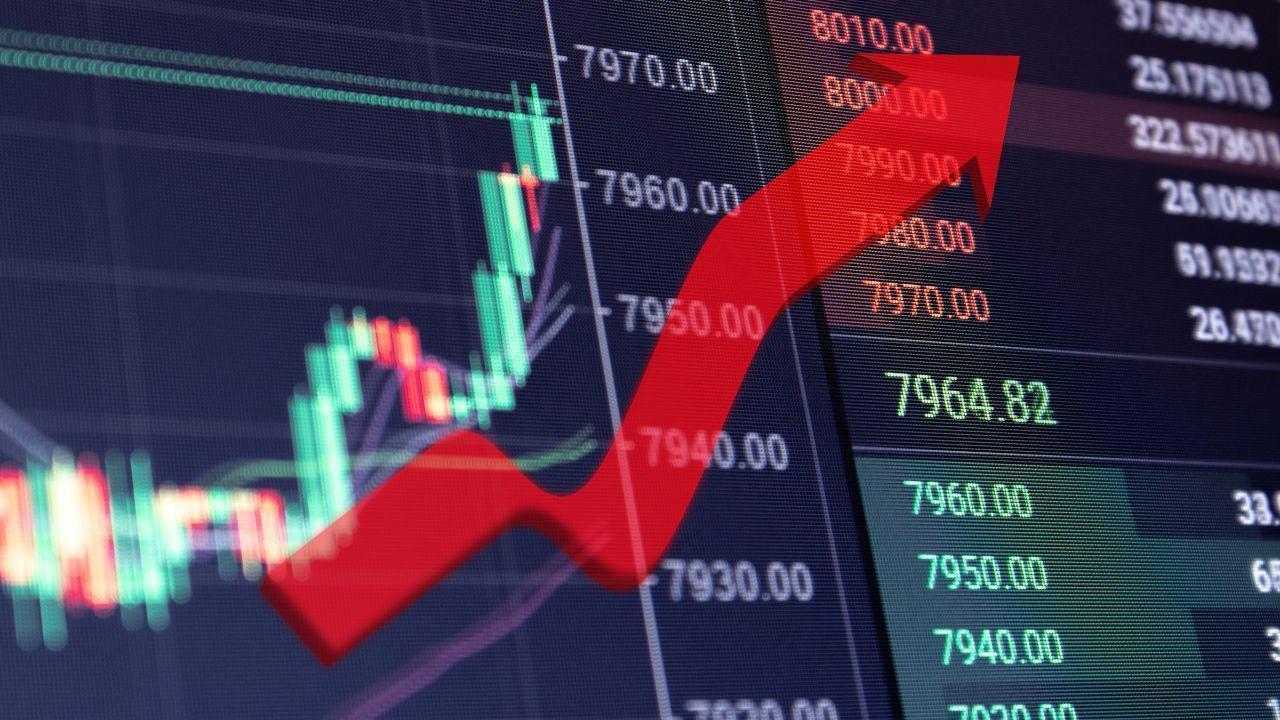
Post by : Layla Badr
The industrial sector in Romania experienced noticeable price increases in July 2025, according to recent data released by the National Institute of Statistics. The rise in industrial producer prices, which measures the cost of goods produced in the country for both domestic and international markets, shows that Romania’s industries are facing higher production costs.
Overall Price Growth
In July 2025, the overall industrial producer prices in Romania rose by 2.7% compared to the same month in 2024. This means that the cost of producing industrial goods increased when compared year-on-year. On a monthly basis, the increase was even more significant, with prices rising by 5% compared to June 2025.
Stay informed with the latest news. Follow DXB News Network on WhatsApp Channel
This data reflects a general upward trend in production costs across various industrial sectors in the country. Industrial producer prices are important because they can influence consumer prices in the future. If industries face higher costs, companies may pass these costs onto consumers, which can impact everyday goods and services.
Domestic Market Price Changes
Looking more closely at Romania’s domestic market, the increase in industrial producer prices was even more pronounced. The index for the domestic market rose by 6.68% compared to June 2025, indicating that the cost of producing goods within Romania increased significantly over a single month. When compared with July 2024, domestic industrial producer prices showed a growth of 2.51%.
This rise can be attributed to several factors, including higher raw material costs, increased wages, and changes in energy and transportation expenses. For domestic manufacturers, this means they are spending more money to produce the same amount of goods as last year. The rise in domestic producer prices can affect local businesses, especially those that rely heavily on raw materials and manufacturing inputs.
Foreign Market Price Changes
In addition to domestic production, Romania also exports industrial goods to international markets. For the foreign market, the industrial producer price index recorded a smaller but still notable increase. Compared with June 2025, prices for goods sold abroad were 0.74% higher. When compared year-on-year with July 2024, there was a 3.18% increase in industrial producer prices for the foreign market.
The smaller rise in foreign market prices compared to domestic prices could be due to competition in international markets. Romanian producers exporting goods may face pressure to keep their prices competitive. Nonetheless, the year-on-year increase shows that production costs have risen even for goods sent abroad, which could eventually affect the prices of Romanian exports.
Why Industrial Producer Prices Matter
Industrial producer prices are an important economic indicator. They help measure inflationary pressures at the production level. If producer prices rise significantly, it often leads to higher consumer prices later. Economists, businesses, and policymakers closely watch these figures to understand trends in the economy and to plan accordingly.
In Romania’s case, the rise in both domestic and foreign industrial producer prices indicates that the cost of producing goods is increasing. This could affect a wide range of industries, from manufacturing and construction to energy production and technology. Higher production costs can sometimes slow down industrial growth if businesses are unable to pass on these costs to customers.
Factors Behind the Price Increase
Several factors could be contributing to the rise in industrial producer prices in Romania:
Raw Material Costs: Many industries depend on materials like metals, chemicals, and energy resources. If the cost of these materials increases, production becomes more expensive.
Energy Prices: Energy is a significant part of industrial production. Any increase in electricity, gas, or fuel prices directly affects production costs.
Labor Costs: Wages for workers in industrial sectors may have increased, adding to the overall production cost.
Global Market Conditions: For industries exporting goods, international demand, currency fluctuations, and transportation costs can influence producer prices.
Supply Chain Issues: Disruptions in the supply chain, including delays in shipping or shortages of raw materials, can increase production costs.
These factors combined explain why both domestic and foreign industrial producer prices have been rising.
Implications for Businesses and Consumers
The increase in industrial producer prices has several implications for Romania’s economy:
For Businesses: Companies may need to adjust their budgets and production plans to accommodate higher costs. They might also look for ways to increase efficiency or find cheaper alternatives for raw materials. Some businesses may pass these costs to customers, which can affect sales and profitability.
For Consumers: Higher producer prices can eventually lead to higher prices for goods and services in the market. This means that everyday items, from food to electronics, could become more expensive.
For Policymakers: The government and central bank monitor industrial producer prices to assess inflationary pressures. If prices rise too quickly, they may take steps such as adjusting interest rates or providing economic support to stabilize the market.
Long-Term Trends and Observations
Looking at the data, Romania’s industrial producer prices have shown a steady upward trend over the past year. While the rise in foreign market prices is smaller compared to domestic prices, the overall increase across both markets shows that industries are facing higher costs.
Experts may also see this as part of a global trend, as industrial producer prices in many countries have been affected by higher energy costs, inflation, and supply chain challenges. Monitoring these trends will be important to understand how Romania’s industrial sector is performing and how it may affect the wider economy.
Romania has seen a significant increase in industrial producer prices in July 2025. The overall prices, combining both domestic and foreign markets, rose by 2.7% compared with July 2024 and by 5% compared with June 2025. The domestic market saw a sharp rise of 6.68% from the previous month and 2.51% from last year, while the foreign market prices increased by 0.74% monthly and 3.18% annually.
These numbers reflect higher production costs faced by Romania’s industrial sector, which could influence consumer prices, business strategies, and economic planning. Understanding these trends helps everyone, from business owners to everyday consumers, grasp the economic changes happening in Romania.
As the industrial sector continues to grow and adapt to rising costs, it will be important to watch how these price trends evolve in the coming months. For now, the July 2025 data shows a clear picture of increasing production costs both domestically and internationally, marking an important milestone in Romania’s economic landscape.
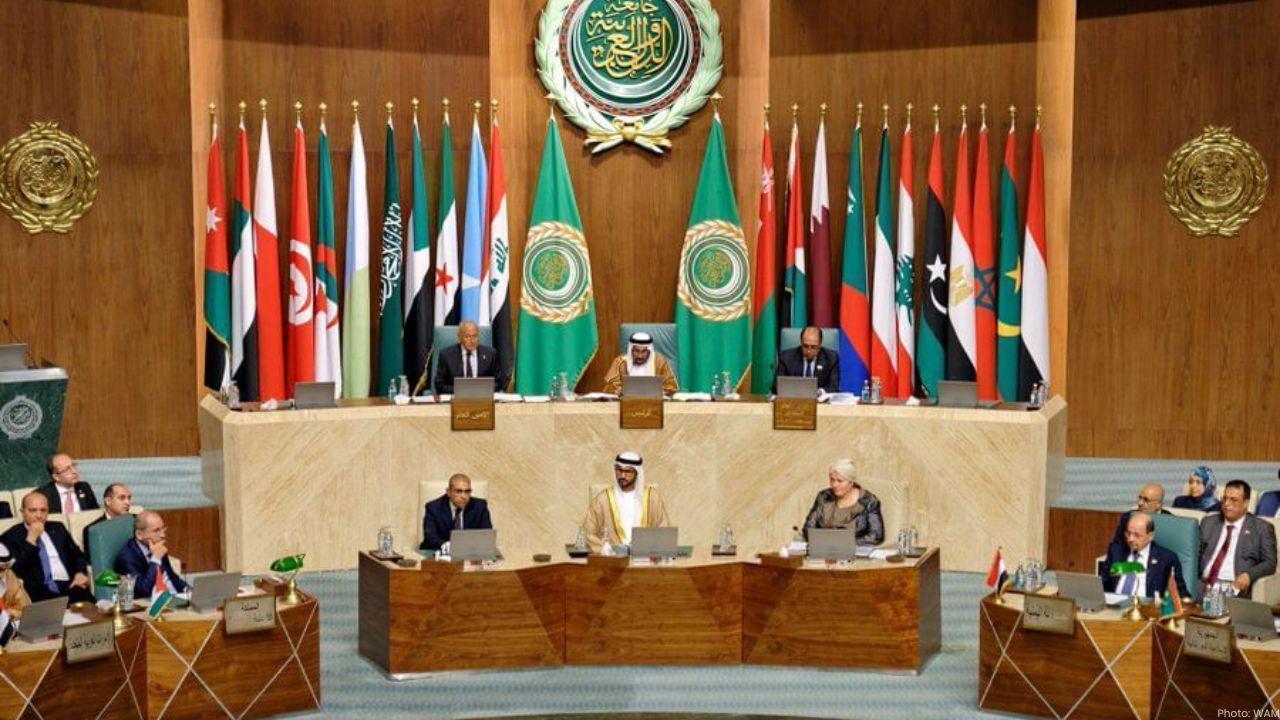
Arab League backs Egyptian-Saudi plan for regional security
Arab League adopts Egyptian-Saudi security vision to strengthen cooperation, combat terrorism, and b
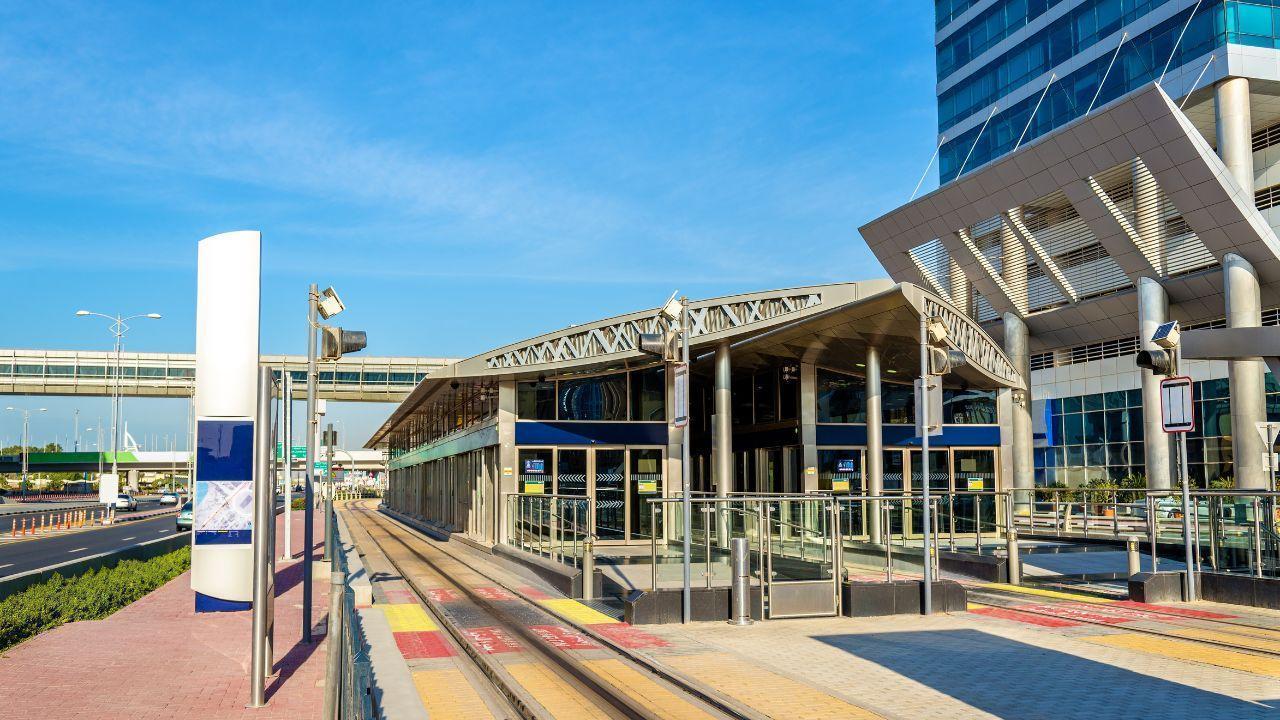
Dubai RTA Announces Traffic Diversions for Metro Blue Line Work
Dubai RTA begins Metro Blue Line construction, causing road closures near Centrepoint and Creek stat
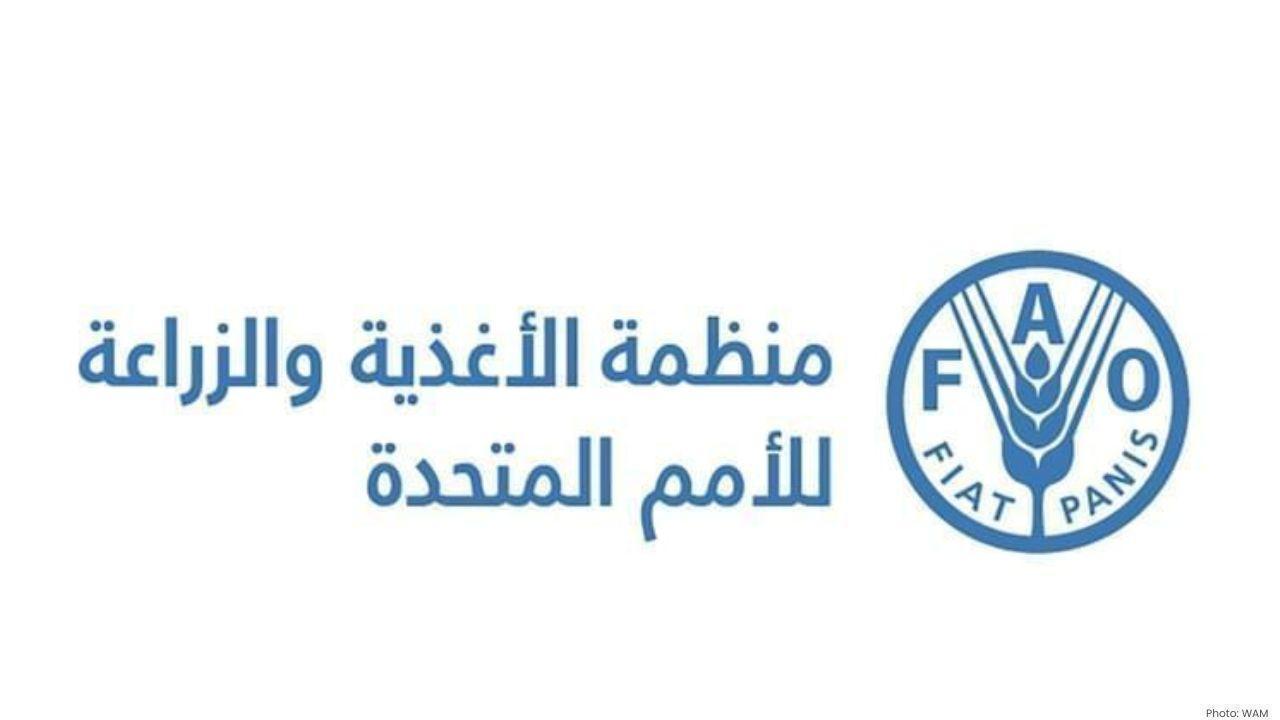
Global Food Prices Stable in August, Meat Hits Record High
FAO reports global food prices steady in August as meat, sugar, and vegetable oils rise, while cerea

Luton Airport Tops Disability Access with New Assisted Services
Luton Airport transforms disability access with new assisted lounge, self-wheelchairs, and personali

Harshit Jain Deported from UAE for Tax and Gambling Crimes
Harshit Babulal Jain, wanted for tax evasion, money laundering, and gambling, was deported from UAE

Europe Launches Jupiter: Fastest Exascale Supercomputer
Germany unveils Jupiter, Europe’s first exascale supercomputer, aiding AI research, climate studies,
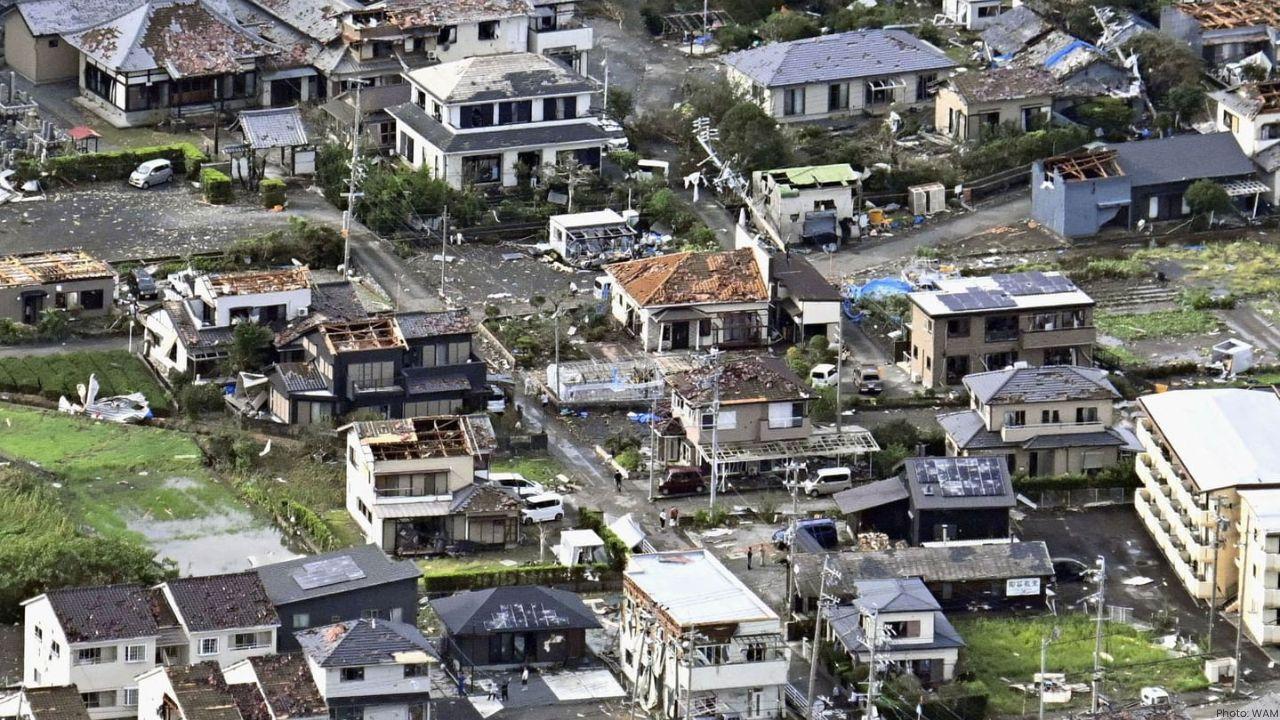
Typhoon Peipah Hits Western Japan: Heavy Rain, Landslide Alert
Typhoon Peipah struck western Japan, bringing heavy rain, landslides, and floods. Authorities warn r

Voices of UAE: Bouchra Izaabel-Transforming Fertility Care, One Heart and One Story at a Time
Transforming Fertility Care, One Heart and One Story at a Time

Pakistan Defeat UAE by 31 Runs in T20I Tri-Series Clash
Pakistan beat UAE by 31 runs in Sharjah T20I Tri-Series. Saim Ayub hit 69, Hasan Nawaz 56, while Has

Vice President’s Jiu-Jitsu Cup Ends with UAE Clubs Triumph
Sharjah Al Ain Al Jazira and Baniyas clubs shine as champions in the Vice President’s Jiu-Jitsu Cup

Liverpool beat Arsenal City fall to Brighton in EPL drama
Liverpool edge Arsenal with Szoboszlai’s stunning free-kick, while Manchester City suffer second str

Tawfiq wins UAE President’s Cup Arabian Horse Race in Russia
Tawfiq claimed victory at the UAE President’s Cup in Kazan, Russia, thrilling 20,000 fans with a dra

GCC Chief Urges Stronger Push on Global Free Trade Talks
GCC Secretary-General Jasem Albudaiwi pressed negotiators to intensify efforts on free trade pacts b

UAE and India Strengthen Trade Ties with Mumbai Business Talks
UAE Minister of Foreign Trade Dr. Thani Al Zeyoudi met Indian leaders in Mumbai to expand CEPA benef

UAE announces September fuel prices for petrol and diesel
The UAE Fuel Price Committee set September 2024 rates: Super 98 at AED 2.90, Special 95 and Diesel a